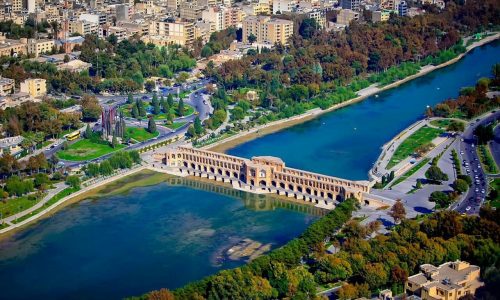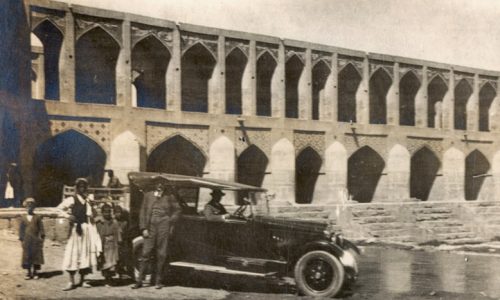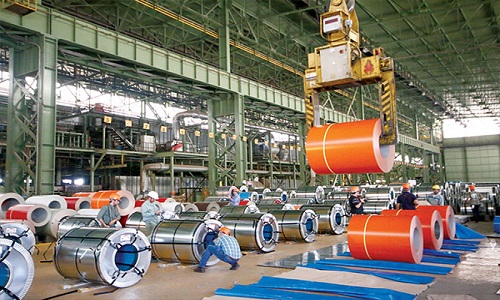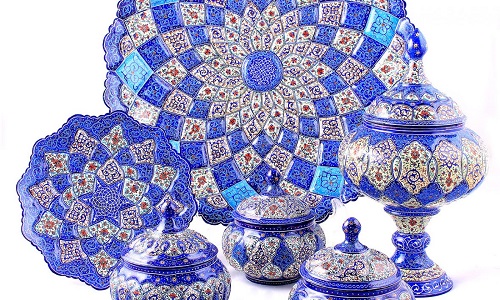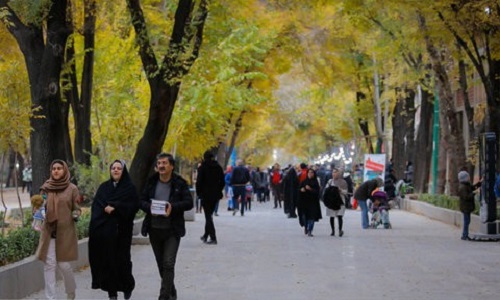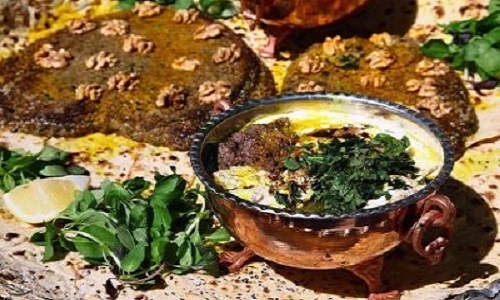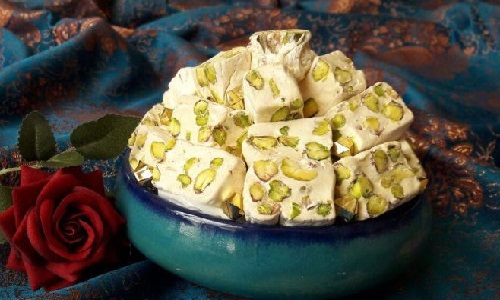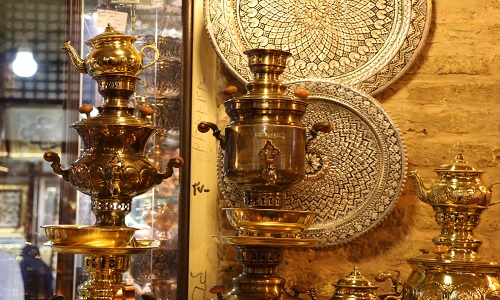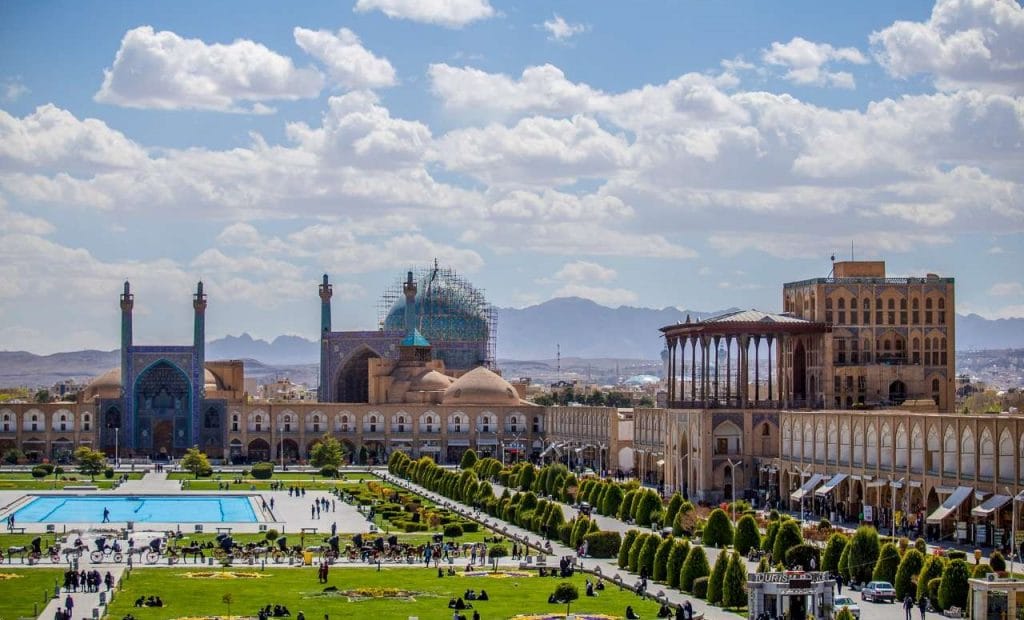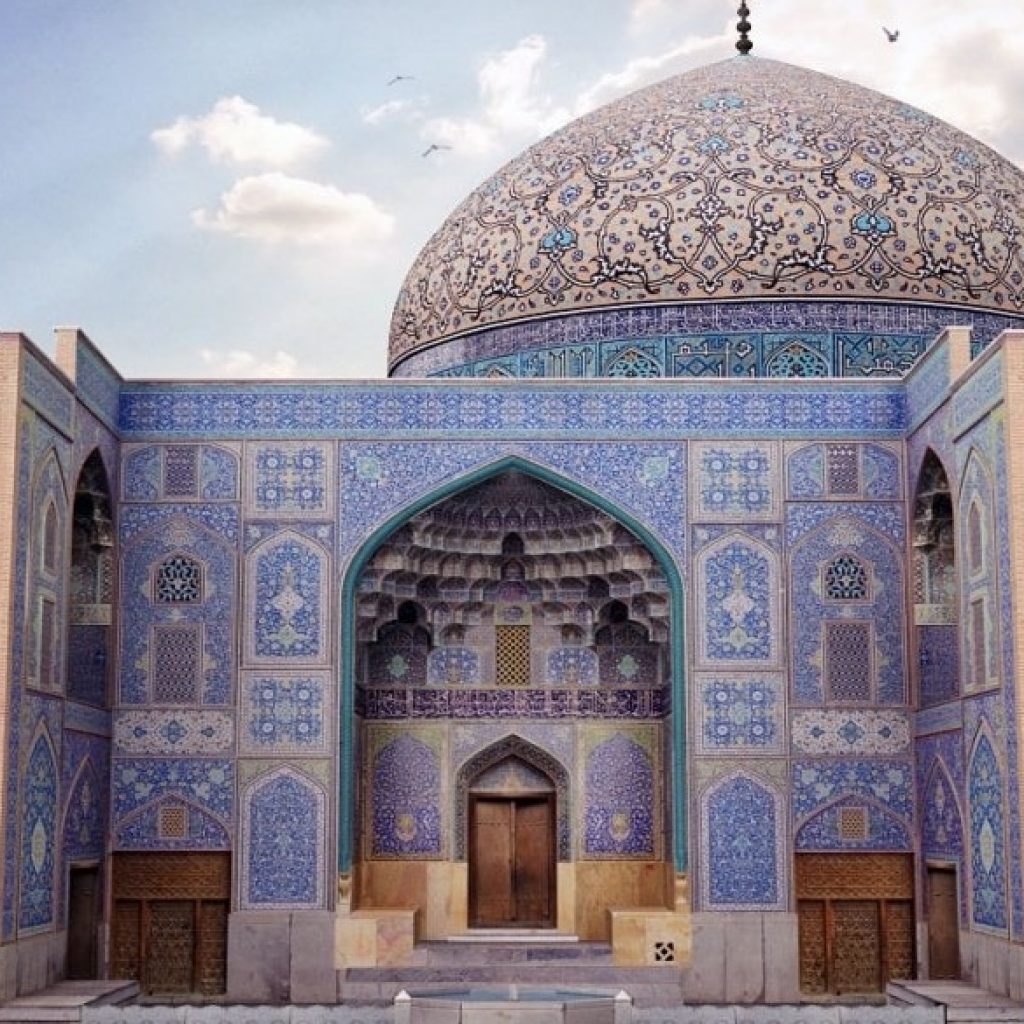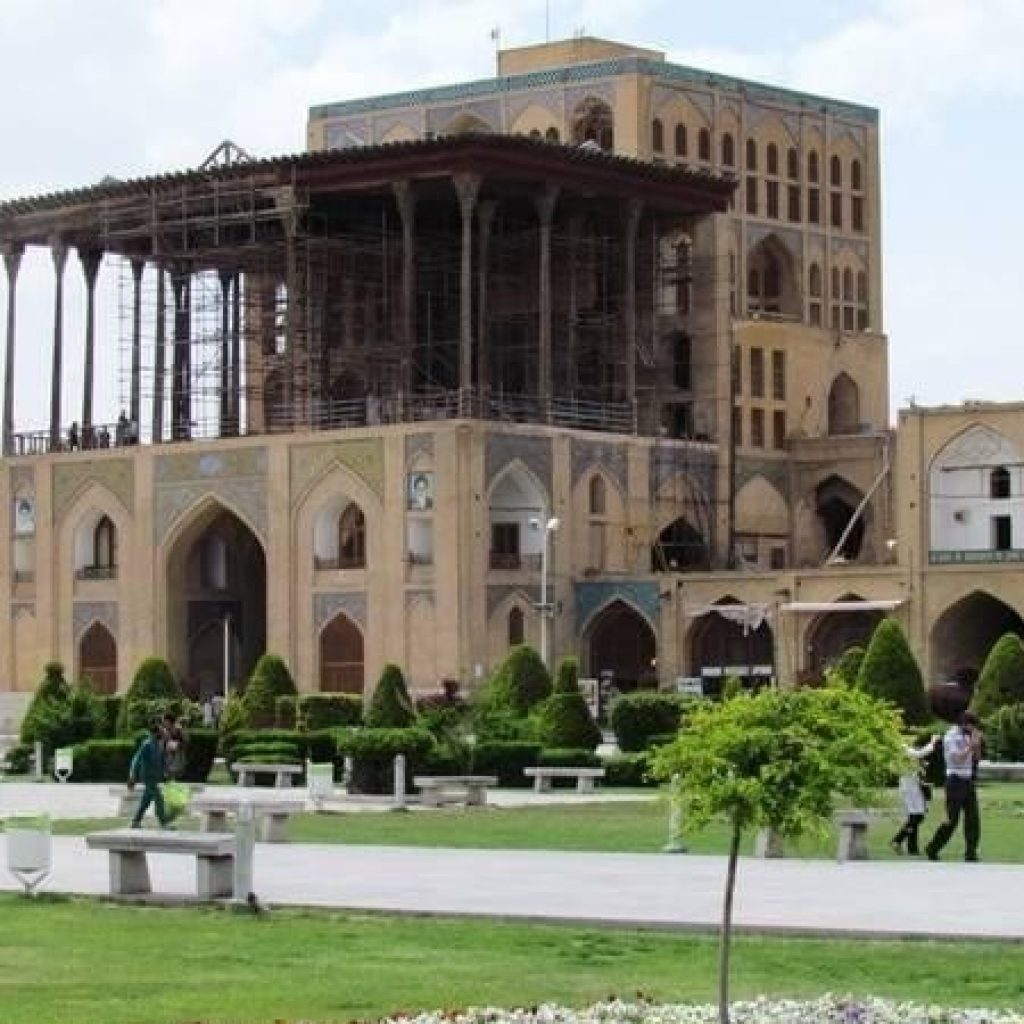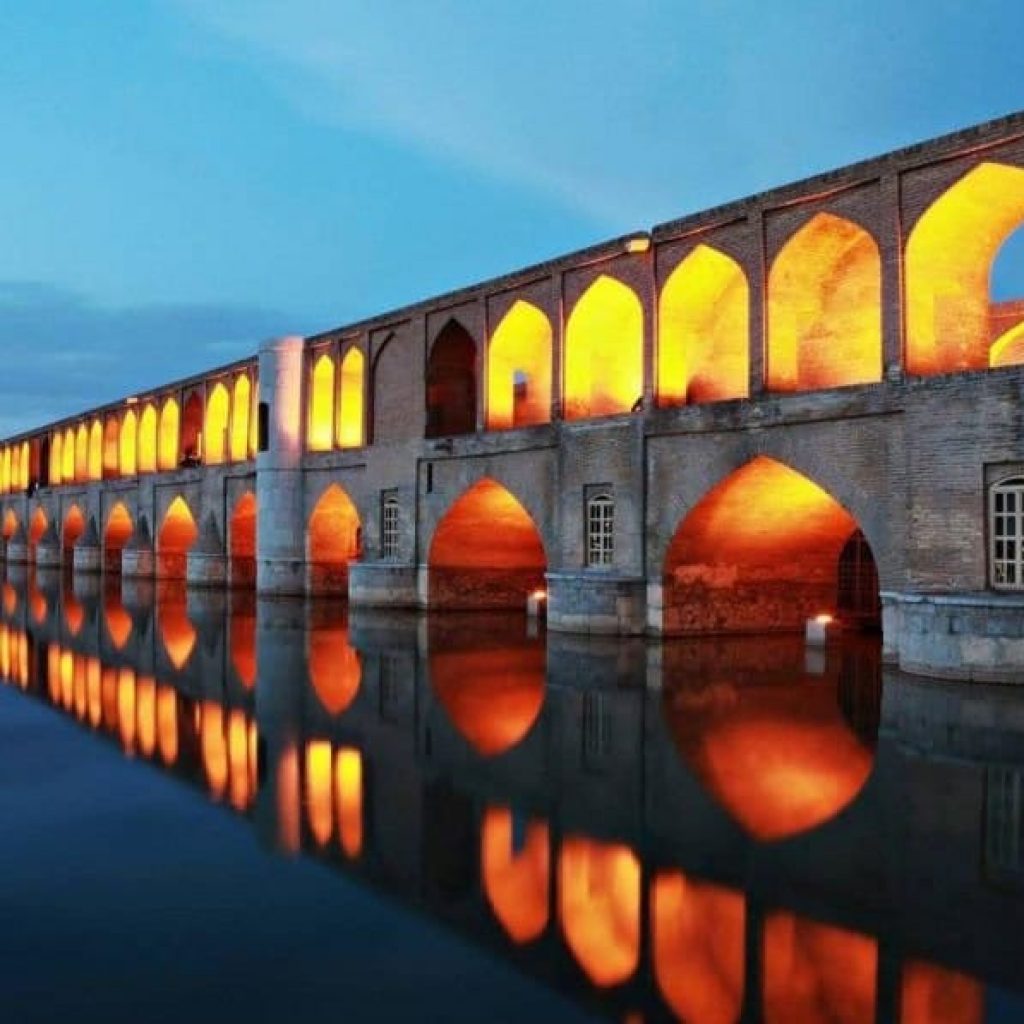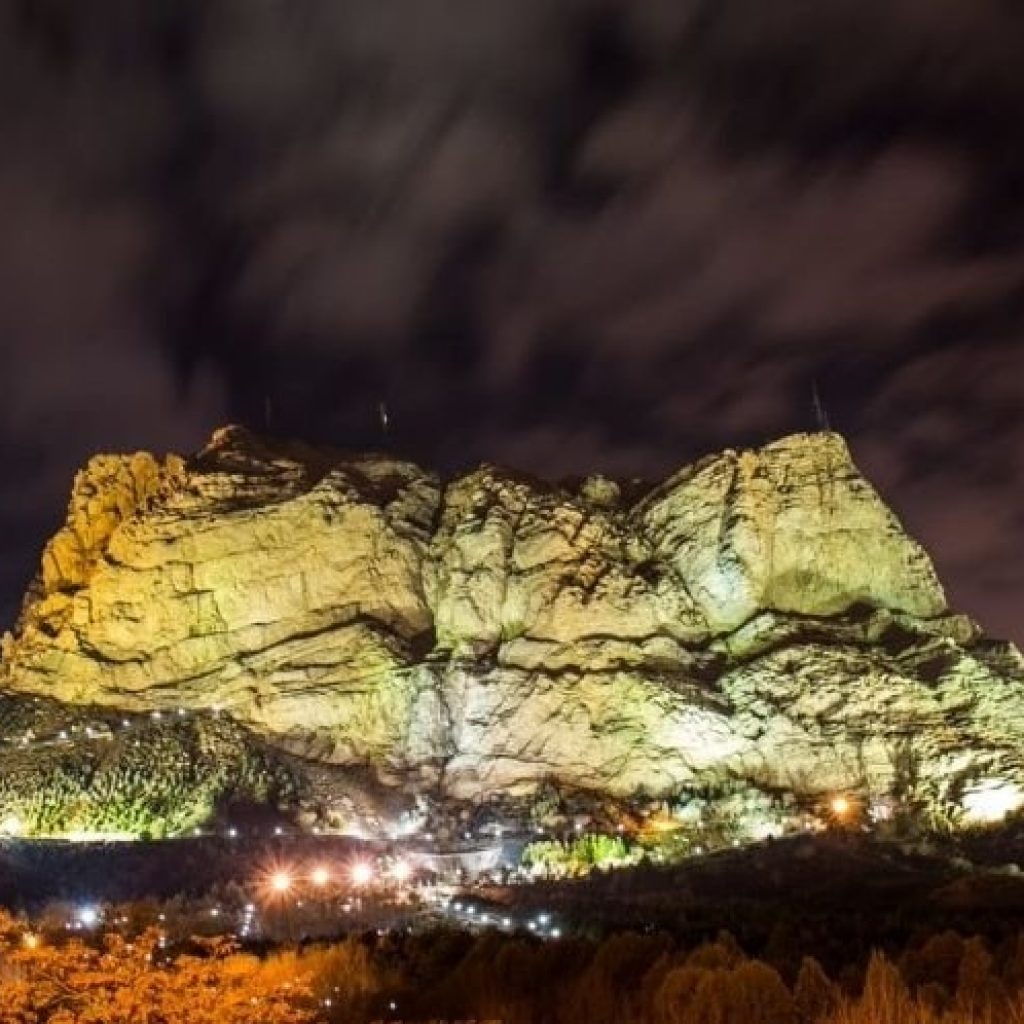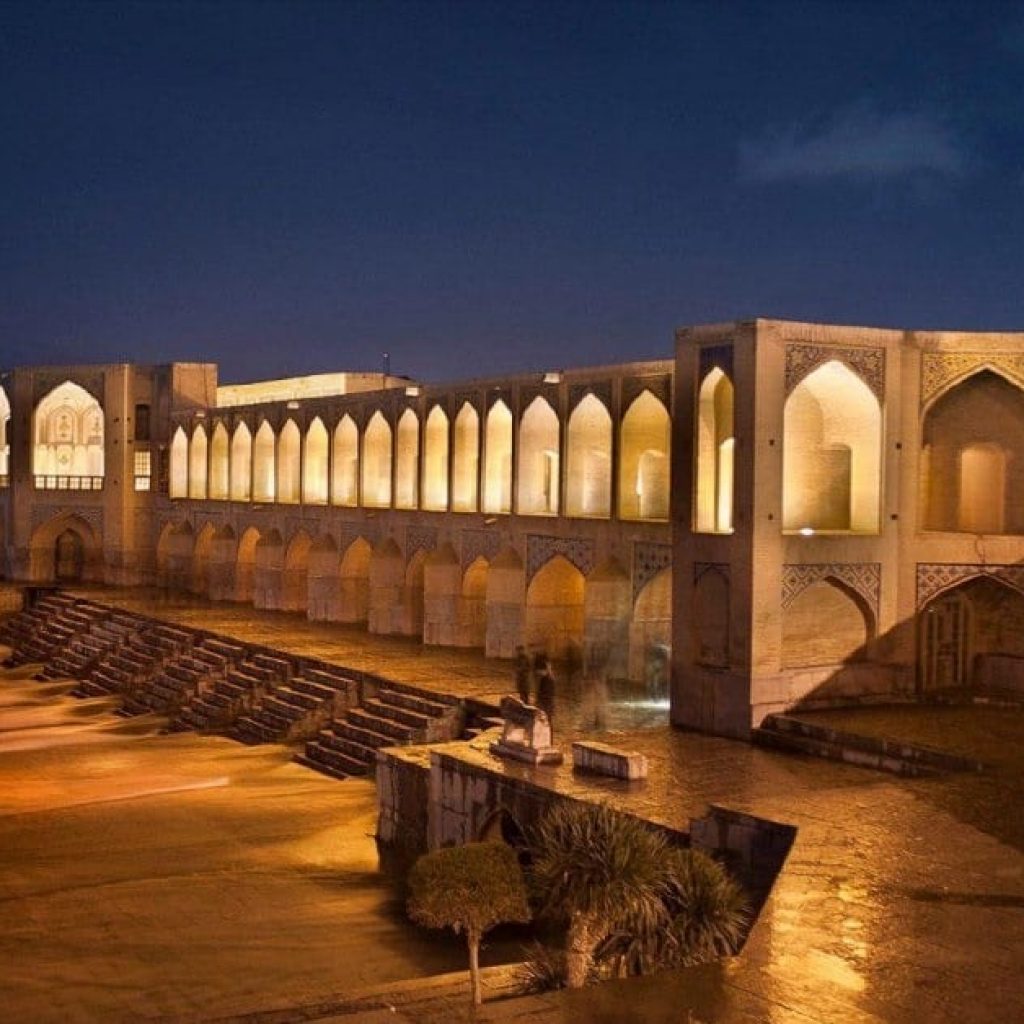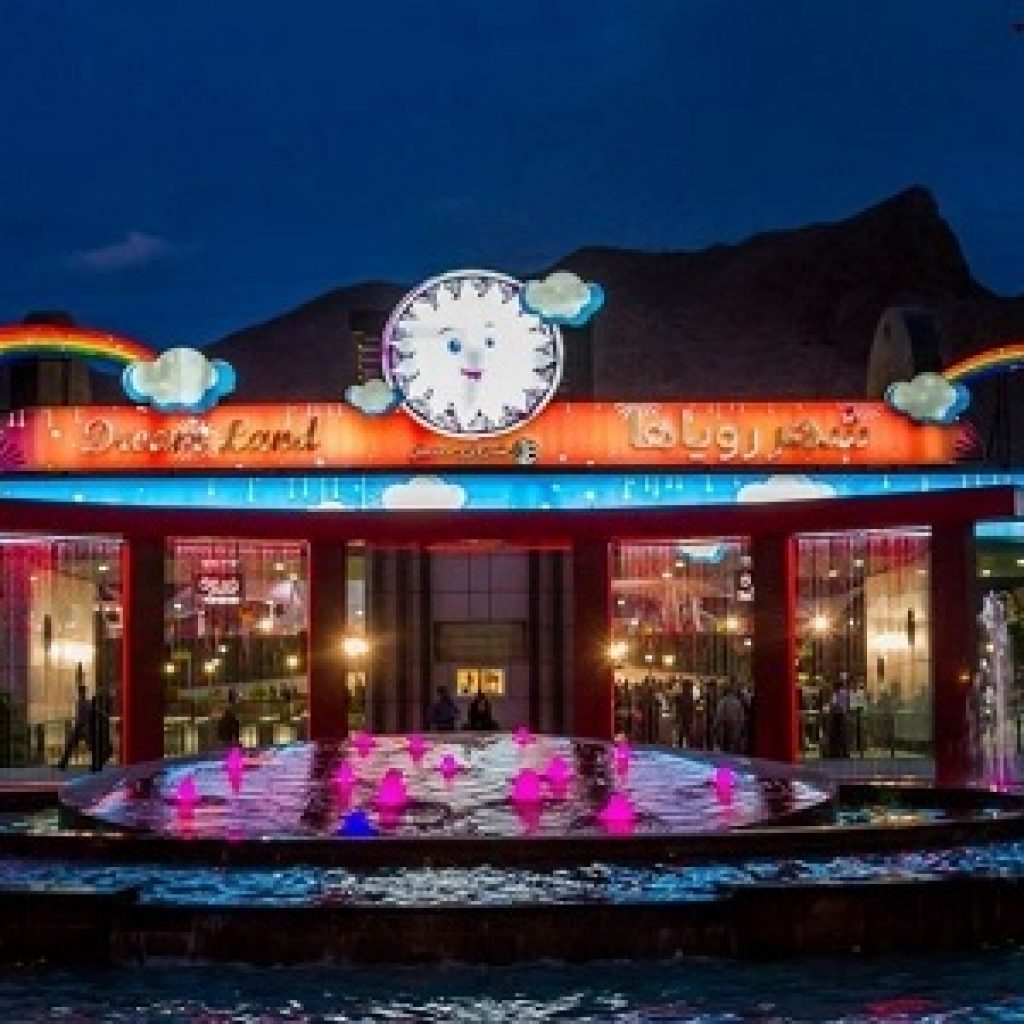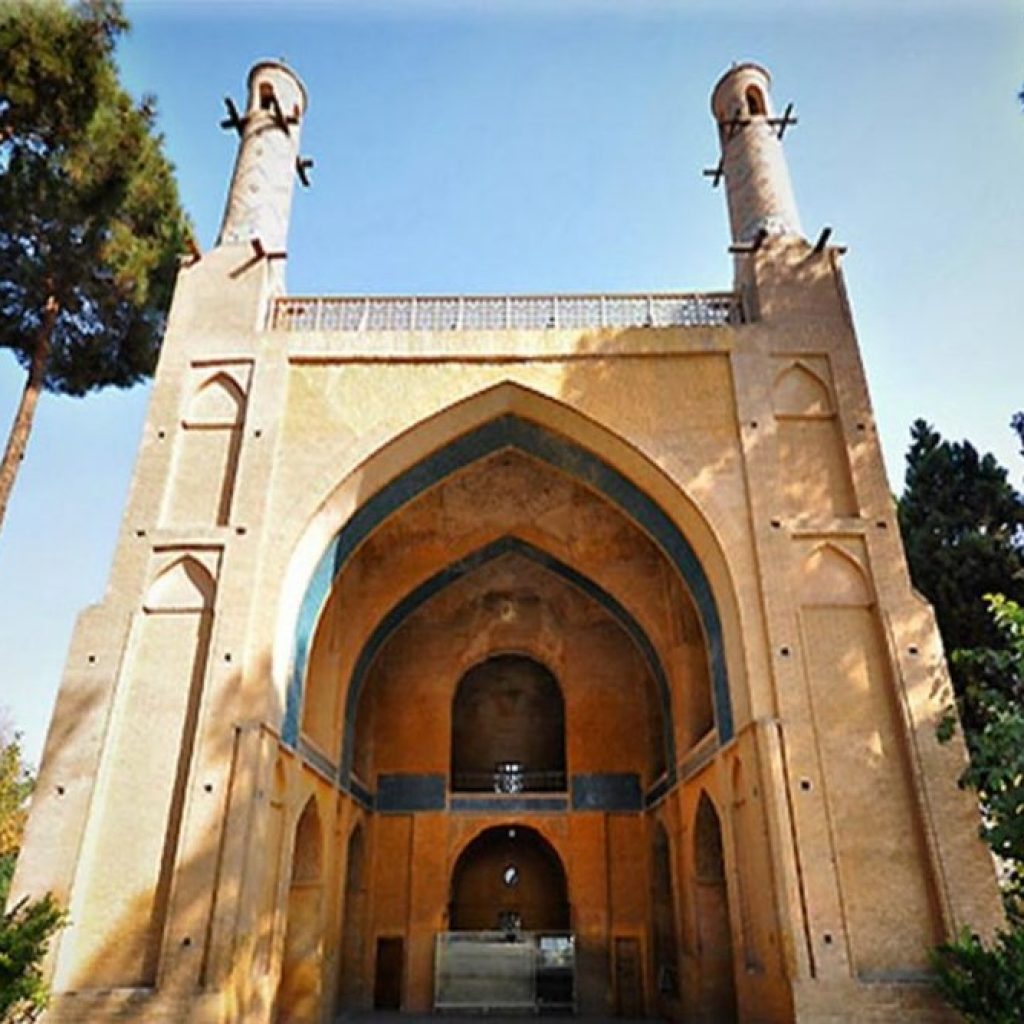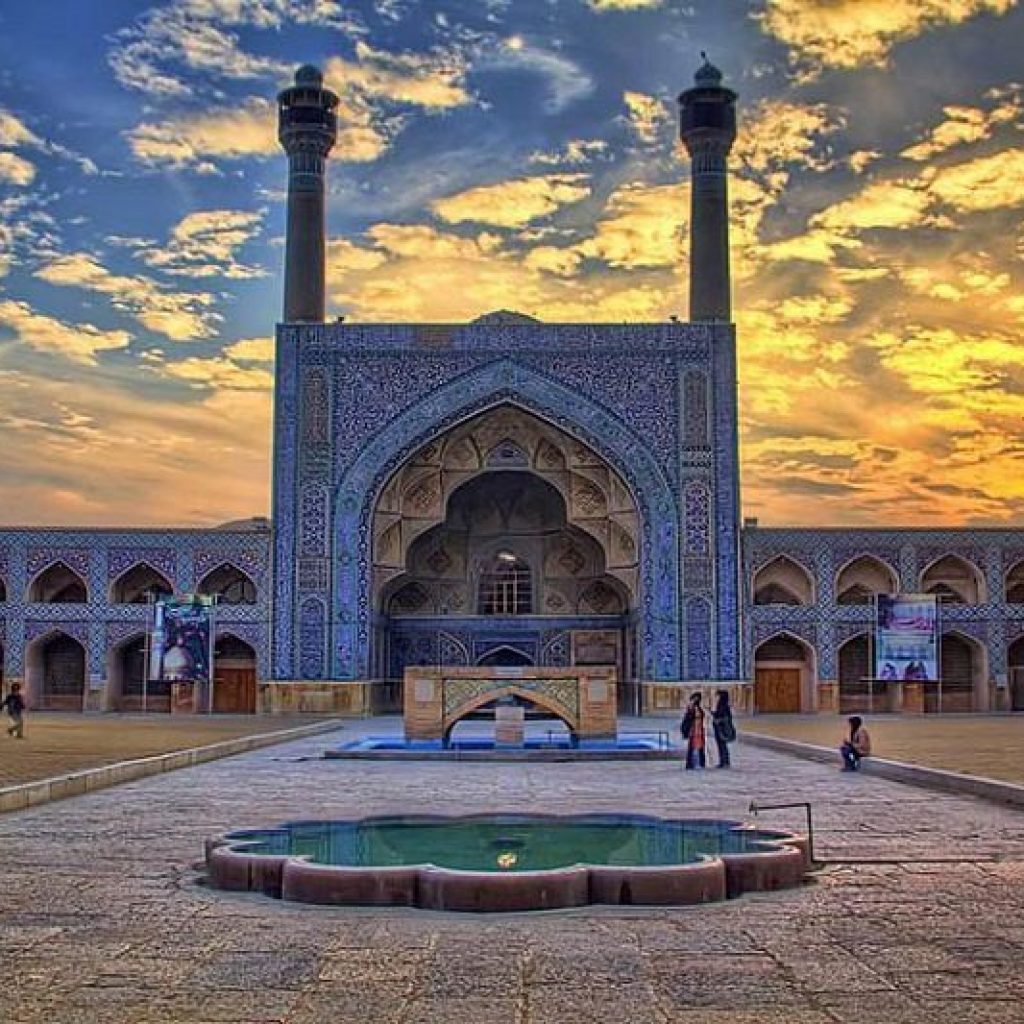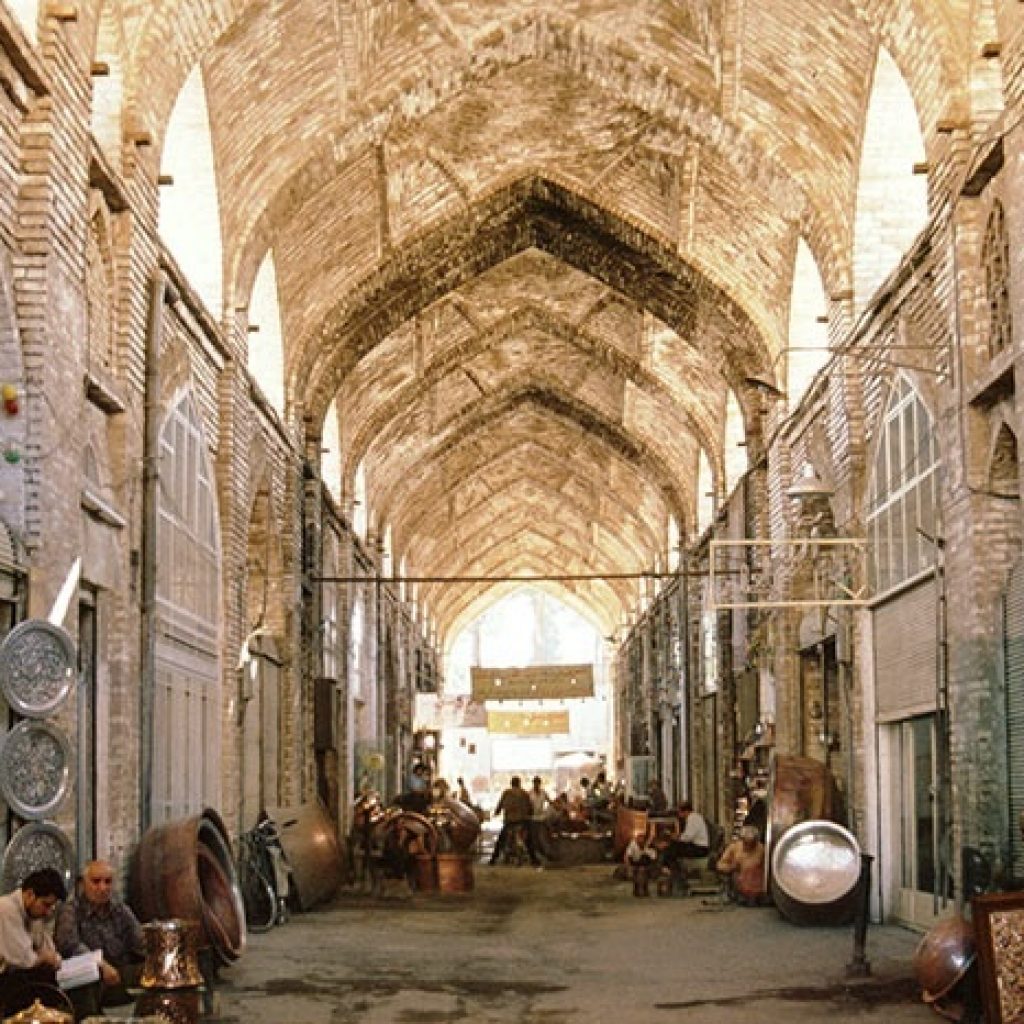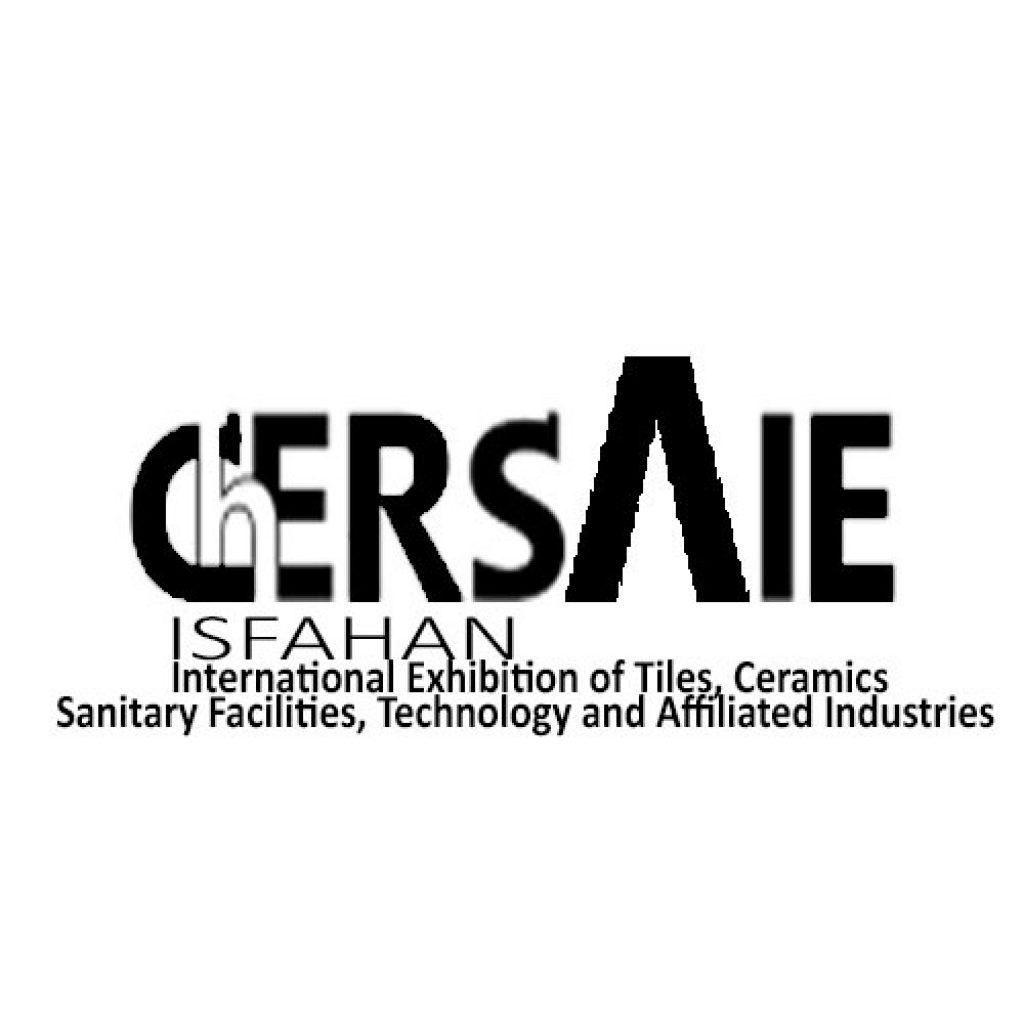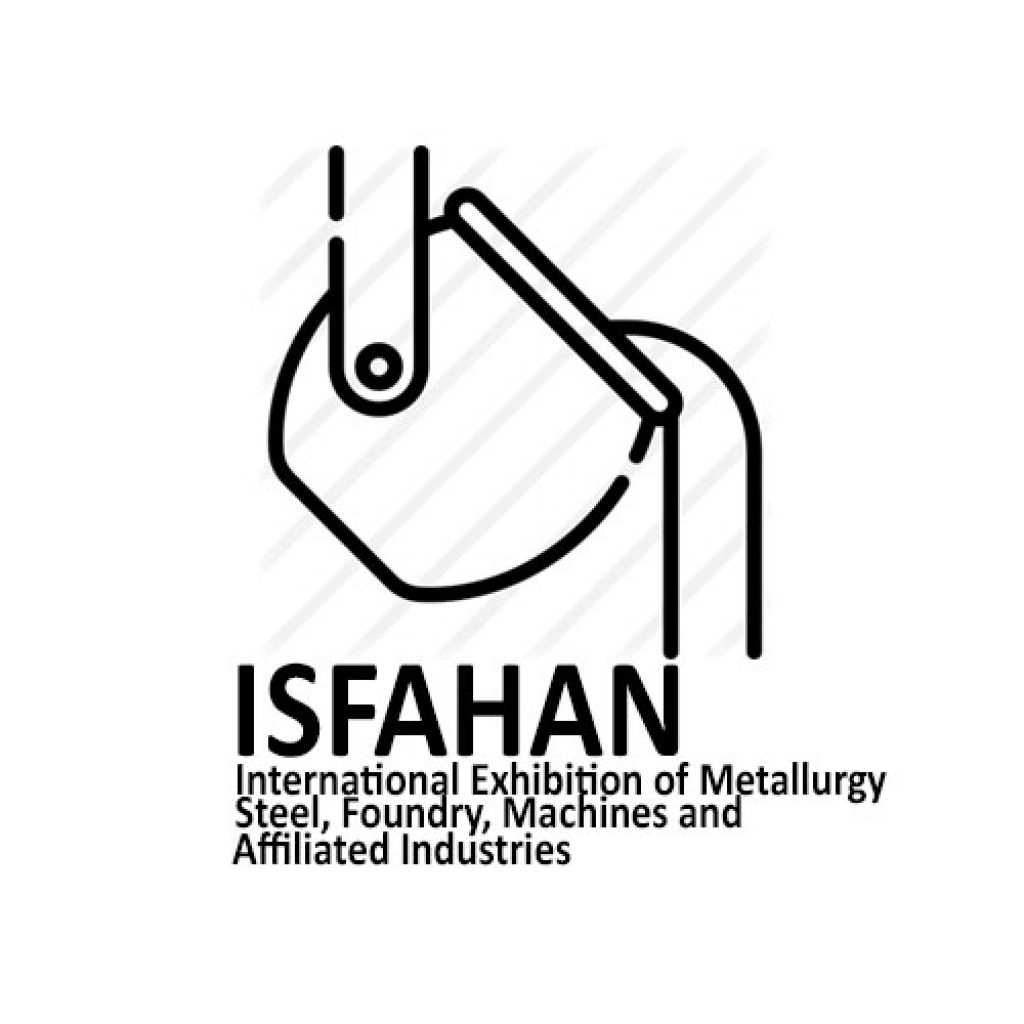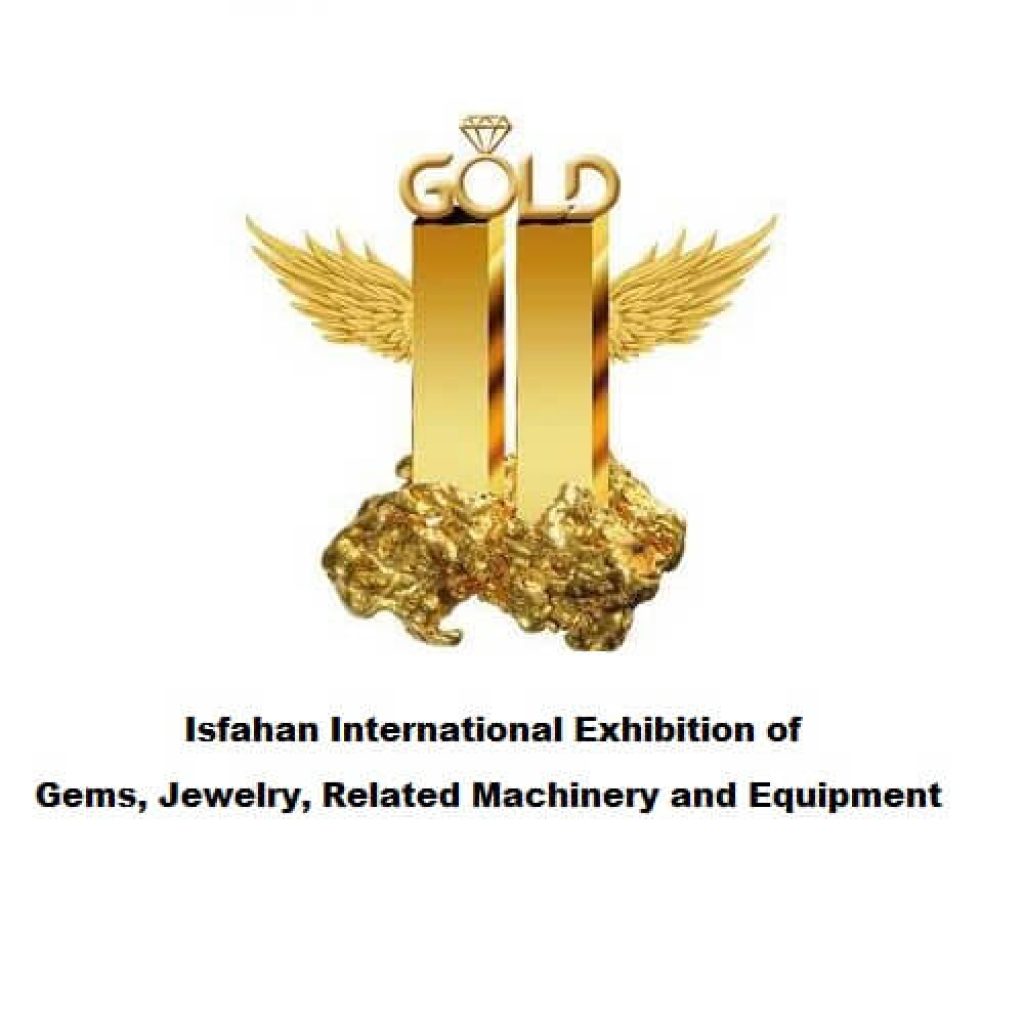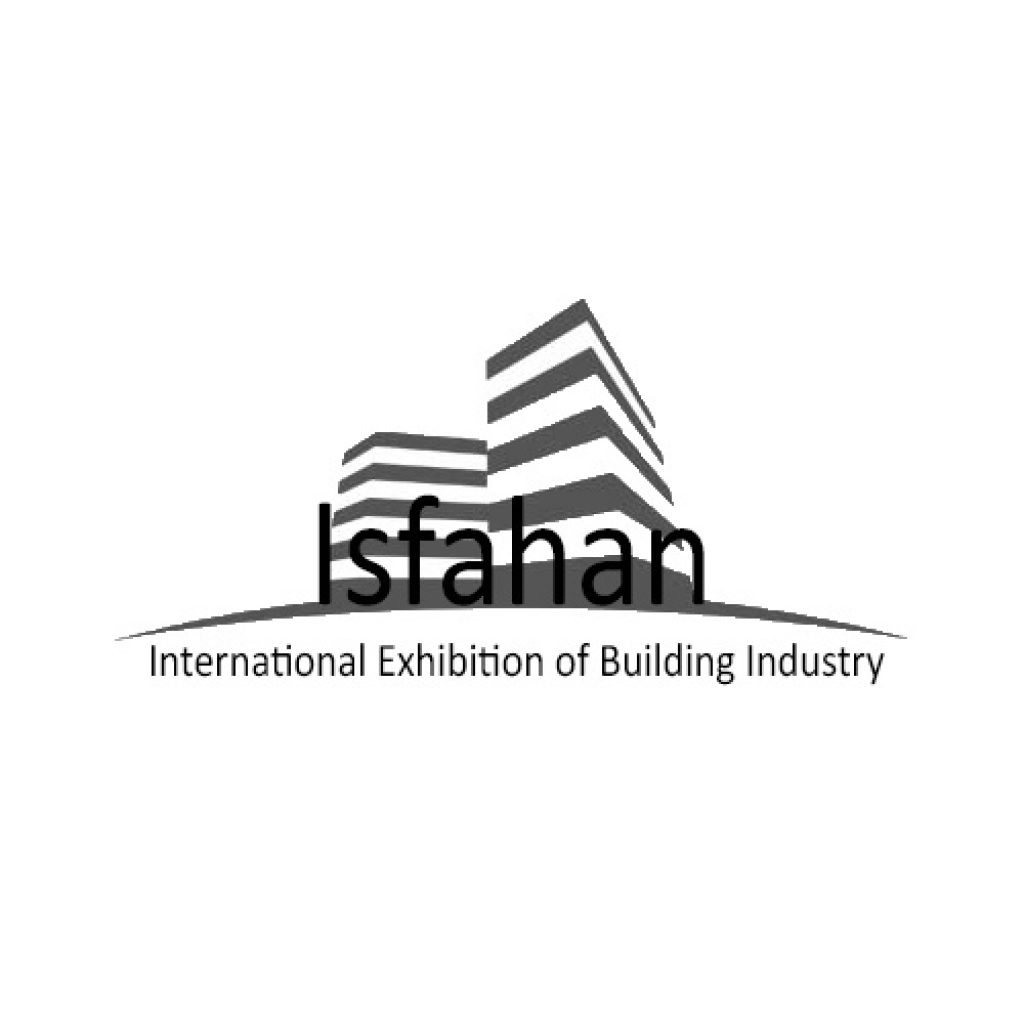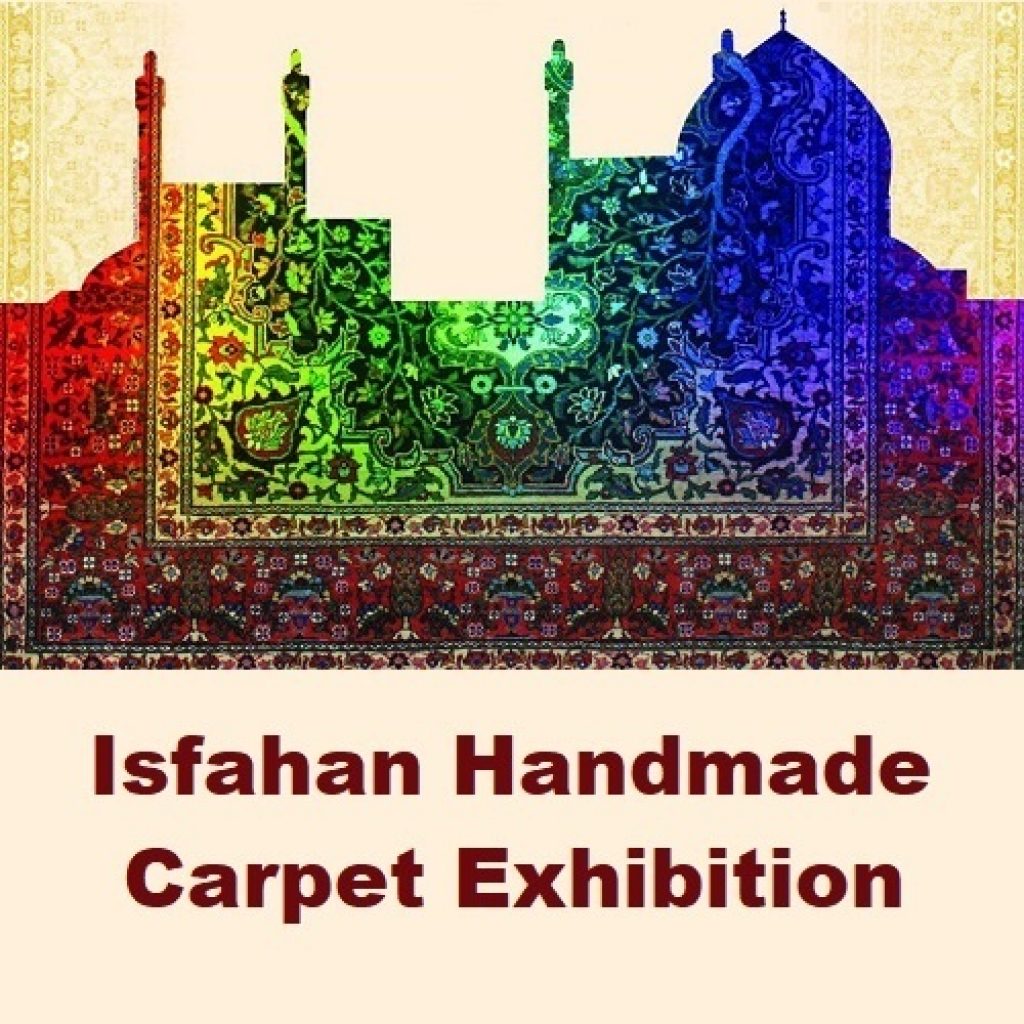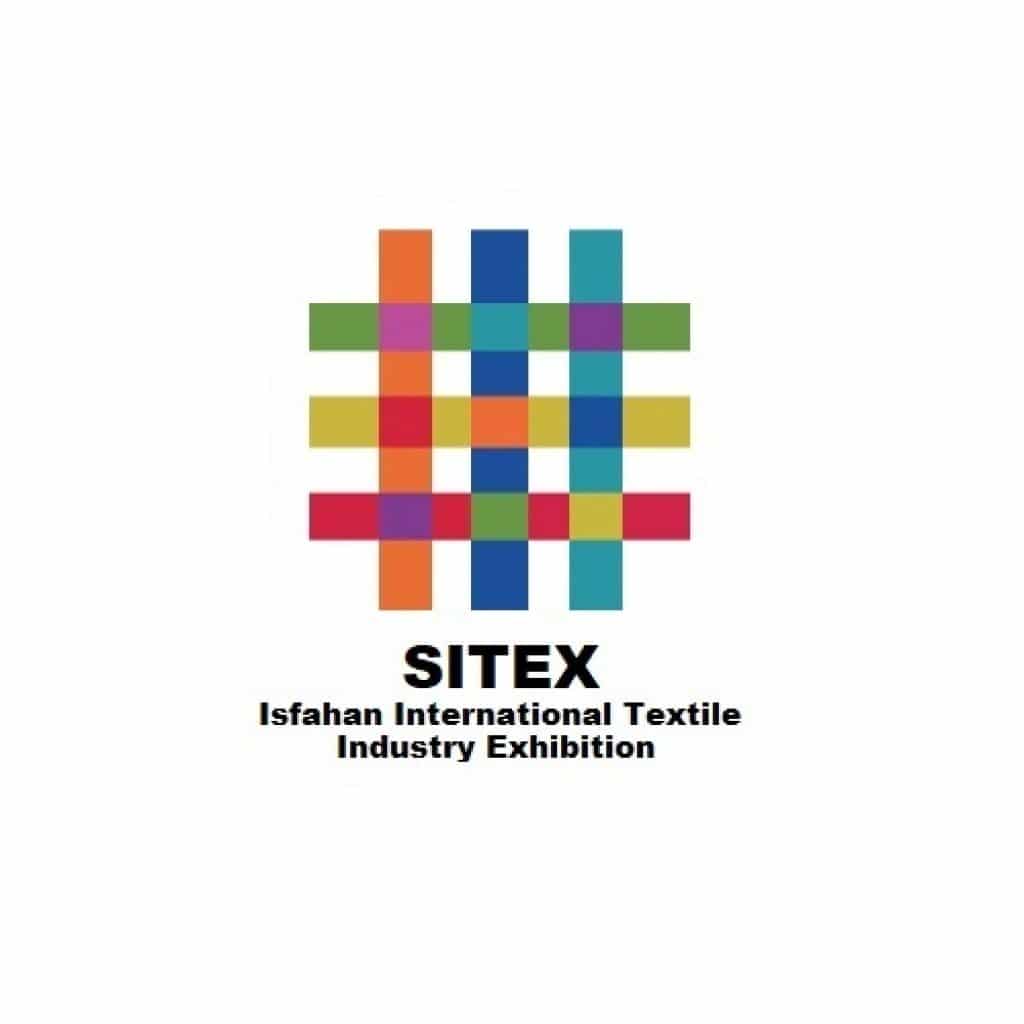Isfahan is the third largest and most populous city in Iran and the capital of Isfahan province. This city has become the tourism and economic hub of Iran due to the existence of numerous historical and ancient monuments, many tourist attractions, steel factories and various handicrafts.
Among the cities of Iran, we have gone to the most popular tourist city of Iran. Isfahan is known in Iranian culture as “half the world” because of its historic buildings built with special and unique architecture. Isfahan is a tourist and ancient city and has been registered as Historical heritage in UNESCO Site due to its historical monuments. Isfahan is a historical and artistic city that offers spectacular images to the people in the center of the Iran plateau. Love for art is rippling through its streets. From the noise of the coppersmiths’ bazaar, who speak their hearts to a lifeless body, step by step, its bridges show Iranian taste. A city that owes its life to the turmoil of the Zayandeh rood River.Even when water does not pass through the center of the city, love flows in it. You do not get tired of watching the fragment of this half of the world that is in our land.
The cultural capital of the Islamic world, with its various historical attractions, welcomes many domestic and foreign guests during the year, especially on Nowruz. There are various hotels in this city that meet the needs of each group.
History of Isfahan
Isfahan has been known by the following names since ancient times: Safahan, Safavids, Partak, Park, Pari, Paritaken, Partikan, Ji, Reshvarji, Sepahan, Sepaneh, Shahrestan, Safahan, Safahan, Gaba, Gabian, Gabie, Gabi, Gay and half the world. After the conquest by the Muslim Arabs and because there was no letter “P” in Arabic, it was pronounced as “Isfahan” with the accent and the letter “P”.
Isfahan is one of those cities that has gone through many ups and downs until today. Many experts agree that Tahmurth, the third king of the Pishdad dynasty, founded the city. At the time of Alexander, the Great’s invasion of Iran, this city was the center of the Gabion tribes and during the Achaemenid period, due to the location of the intersection of major roads and the royal residence, it is considered as one of the most important cities to the extent that the Greek geographer Strabo, this city is named as the center of Iran.Historians such as Ibn Faqih Hamedani, Musa Khorni, Al-Istakhri, Ibn Huql, Al-Maqdisi, Yaqut Hamwi, Abu al-Fada, and Ibn Khaldun mention this event in their writings on the settlement of Jews in Isfahan and agree that with the conquest of Babylon by Cyrus the Great and the liberation of the Jews from the captivity of Nebuchadnezzar Shah of Babylon Some of them settled in Iran and in an area called Darolihudia. This area was located next to Jay and later, with the connection of Jay and Daralihudia to each other, the city of Isfahan emerged.
During the Parthian period, Isfahan was considered as the center and capital of one of the vast states of Parthian kings. Yazd, the first Sassanid king, established a military barracks in Isfahan to train and send auxiliary forces.Fixed troops were also trained at three military bases in Merv, Gorgan and Ctesiphon. For this reason, it can be said that the name Espan (meaning the position of the army) has been given to Isfahan since the Sassanid era.
Sources that speak of the history of Iran at the time of the advent of Islam mention a city called Ji in the current location of the sector of Ji and Judea, three kilometres west of Ji.
The geographical area of the city is also known as Espahan or Espaahan. The city of Isfahan was conquered by the Arabs in 23 Hijri and, like other cities in Iran, was under their rule until the beginning of the fourth century Hijri. During the time of Caliph Mansour Abbasi, a lot of work was done to develop it. He ordered the construction of a large palace in the village of Kheshinan in present-day Ahmedabad, then a fort was built around the city of Isfahan, and at the same time Kheshinan was connected to the Jubara (Judea).
Isfahan Economy
Isfahan has long been considered a strategic axis for transportation and exchange of goods due to its location on the Silk Road, and today it inherits the trade of industry and trade of the past, and many goods from this province are exported to other parts of Iran and the world. Accordingly, Isfahan has long been considered as the industrial hub of the country and one of the defining and influential economic points.
The traditional economy of the province is based on handicrafts such as carpet weaving, silk weaving, engraving, inlay work, gold weaving, inlay work, tapestry embroidery, miniature, pottery, enameling, metalwork, turquoise, silver making, tile making, engraving and sequins It is the beautiful industry of Isfahan, which today has a good boom in the tourism sector.
The city of Isfahan in the Pahlavi period due to its special historical and geographical conditions was in the spotlight, and actions were taken in direction of reconstruct historical sites and its industrial development. In September 1941, during the occupation of Iran by Allied forces (British and Soviet forces), local wars intensified in Isfahan and caused divisions among the people.
Finally, during the Islamic Revolution of Iran on August 5, 1978, most parts of the city were occupied by the people and the Shah declared martial law to oppose them. After the victory of the Islamic Revolution of Iran, some settlements were built in this city and it became as it is today. Abundance of water and less pollution in the southwest of Isfahan has led to the development of this area in recent centuries.
Sources that speak of the history of Iran at the time of the advent of Islam mention a city called Ji in the current location of the sector of Ji and Judea, three kilometres west of Ji.
The geographical area of the city is also known as Espahan or Espaahan. The city of Isfahan was conquered by the Arabs in 23 Hijri and, like other cities in Iran, was under their rule until the beginning of the fourth century Hijri. During the time of Caliph Mansour Abbasi, a lot of work was done to develop it. He ordered the construction of a large palace in the village of Kheshinan in present-day Ahmedabad, then a fort was built around the city of Isfahan, and at the same time Kheshinan was connected to the Jubara (Judea).
In addition, the city of Isfahan is considered a tourist hub of Iran due to its many attractions. Also, part of the city’s economy is affected by the common agriculture and animal husbandry around it.
People of Isfahan
The people of Isfahan speak the Isfahani dialect and the Persian language, but there are differences in words, sounds and sentences compared to the Persian language. Most people follow Islam and Shiism, but Jews, Armenians, Christians and other religious minorities also live in Isfahan.
Traditional and famous food of Isfahan
Isfahan, along with many tourist attractions, has many traditional and delicious foods, which we will introduce some examples of these foods in the following:
Beryoon
Beryoon is one of the most famous and unique foods of Isfahan. This traditional food of Isfahan is cooked from a combination of white liver and meat of lamb and various spices. Beryooni looks like a hamburger.
yogurt stew
This traditional food of Isfahan is cooked according to the living conditions of each region of Isfahan. It is prepared from a combination of mutton neck, yogurt, rose, saffron,sliced pistachio and, barberry and various spices. This food is something like mild.
Shola Ghalamkar Pottage
This food is the traditional pottage of Isfahan. It is prepared from a combination of meat, chickpeas, mung bean, onion, rice, leek and spices and is very suitable for the cold season of the year.
Dough O Gooshfil
One of the most famous foods in Isfahan is Dough O Gooshfil, which are made like Zoolbiaa and Bamia (two types of traditional sweets of Iran) and Gooshfil is in the shape of elephant ears and its name has the same meaning in Persian.
Isfahan handicrafts
This city is the cradle of fine arts such as wiring, goldsmithing, weaving, glabton embroidery, sequins, button embroidery and chain weaving which are of its local handicrafts. The art of embroidering boots and crocheting are still popular today. Isfahan is also famous in the industries of inlay work, tile work, engraving, miniature, enamel work, silver and gold jewelry. The city of Isfahan has various handicrafts that are rooted in original Iranian art.
Goldsmithing
One of the famous arts in Isfahan is the goldsmithing industry, which is one of the attractive industries of Isfahan and many people in Isfahan are working in the goldsmith profession.
Pottery and ceramics
One of the most important centers of pottery not only in Isfahan but also in Iran is the city of ShahReza in Isfahan province, which decorates pottery and ceramics with various patterns and motifs. Pottery and ceramics are important industries in Isfahan province.
Inlay
Original Iranian art is tied in inlay in Isfahan province. In this art, different surfaces are covered with different materials in the form of small triangles.
Binding
Binding work for old books is done by Isfahanis skillfully and they are skilled in this work.
Carpet weaving, calligraphy, painting, silver work, mosaic work, engraving, enameling, tapestry embroidery, coppersmithing, felt weaving, quilt weaving and… are some of the other famous handicrafts of Isfahan.
This post is also available in:  中文 (Chinese)
中文 (Chinese)






